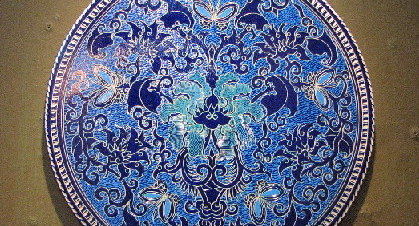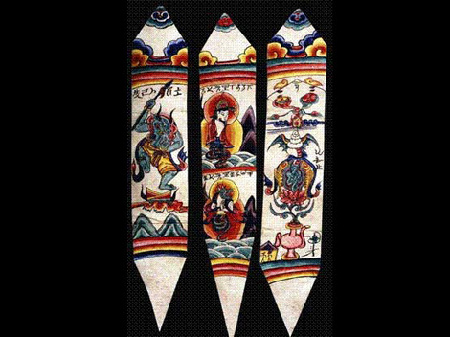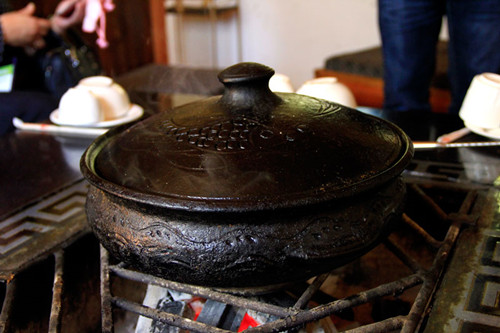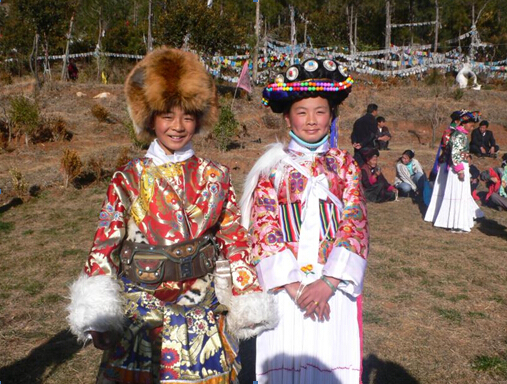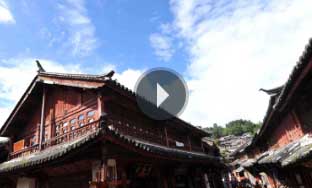The paper making of Dai and Naxi people
The Dongba paper of the Naxi ethnic group is unique due to its special papermaking craft, which is practiced in a village called Baidi of Shangri-la County in Diqing Tibet Autonomous Prefecture in Yunnan Province. The Dongba paper is also called the Baidi paper. The Baidi village is where the Dongba culture of the Naxi ethnic group originated. People there have been using Dongba paper to record pictographs for ages.
Dongba paper is mainly used to record Dongba scriptures, the main means through the years of passing down Dongba pictographs, also known as a "living character fossil." There were more than 5,000 scrolls of classic Dongba literature written on Dongba paper according to a survey done around the 1940s, which not only recorded the history of the Naxi ethnic group, but also remains extremely valuable for research on papermaking in China.
Dongba paper is special because it's made from canescent wikstroemia, a local plant. Traditionally, to make Dongba paper, one had to boil cortexes, rinse, pestle and air the plants. Made with original tools and methods Dongba paper is mothproof and resistant to natural erosion.
The Naxi ethnic group believes the Dongba papermaking handicraft must be passed down to sons, instead of daughters. The production of Dongba paper must be strictly kept in the home, which hinders the possible industrialized production of the paper.
However, during the so-called 'Cultural Revolution', many Dongba classics were burnt. Now the corpus of Dongba literary paper scrolls are scattered among libraries and research institutes around the world. In the modern commercial society, the Dongba papermaking method is on the verge of disappearing.

